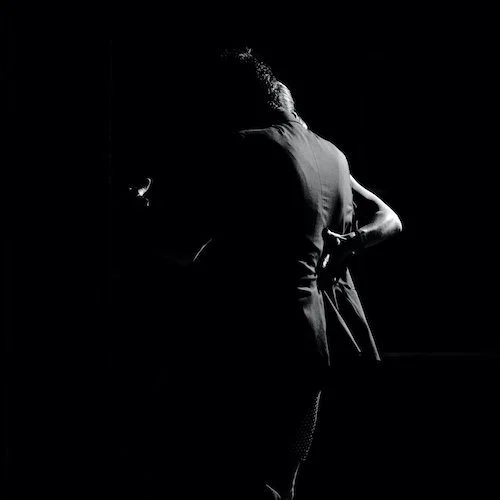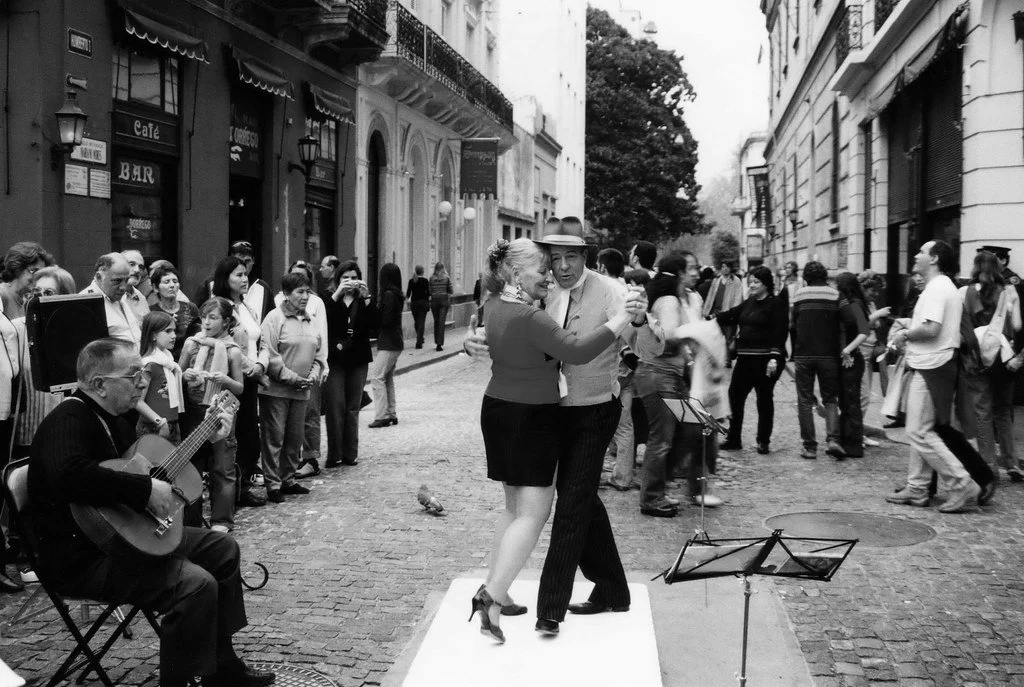Mystic Tango
It should be noted at the outset that every word ever written on Argentine tango, including these, is an approximation.
Originating in the working-class districts of Buenos Aires and Montevideo, Uruguay, tango came to be as a result of cultural mixing between European immigrants and former African slaves as early as the late 18th century. Gaining prominence throughout the 1800s, tango finally broke onto the international stage in the 20th century, becoming applauded and reviled in equal measure throughout the Western world for its sexual overtones. Tango has since endured the ebb and flow of political turmoil and artistic taste around the world, splintering and spiraling into countless inspirations and subgenres in its venerable history.
As a writer, the burden is on me to relate the closest possible evocation of the sights, sounds, events, and ensuing emotion that I have experienced, to you.
In the case of Argentine tango, however, the three former elements tend to go rogue and conspire outside the reach of crude language, ambushing the lone latter to a degree beyond words, beyond sense, beyond rational thinking and into the realm of the surreal.
Honesty, misery, intimacy, fury, and more are made flesh before one’s eyes in the whine of strings and the frantic embrace of two partners, pushing and pulling but never at odds, making an art of falling through the chaos of space and time, together.
Photo by Alain Bonnardeaux on Unsplash
So was this galaxy revealed to me, in a modest, if sweltering, dinner theater in San Telmo last February. While the heat, along with a deep glass of Malbec, may have set the conditions for the quasi-religious awe that would shortly be instilled in me, they were certainly catalyzed by the combined skills of the quartet – a miniaturized banda típica of keyboard, fiddle, double bass, and the requisite bandoneón – and the dancers, a veritable pantheon of gracious ability and robust beauty across the sexes. The evening’s focus was spearheaded by a lone vocalist, sirenic in dress, regal in composure, and equally hypnotic in tenor. Under clear white spotlights that sheared through heavy black air, she gave breath to ballads of desire, shame, and nostalgia ranging from the national to the painfully personal, and around her words, both ensembles had it out for all to bear witness. Time fumbled and then lost its relevance to performer and audience alike, all of us together enraptured by the crystalline moment.
Photo by Juan Antonio Segal on Flickr
Such is my attempt to describe tango. There is nothing in the world like a live tango well performed by both musician and dancer – it is certainly miles ahead of what my words can describe. What I can merely encourage is that one experience it, and whether by wine or heartbreak, allow it to consume them as it consumes its performers.
What I can say for certain is that only then will one begin to know tango.



